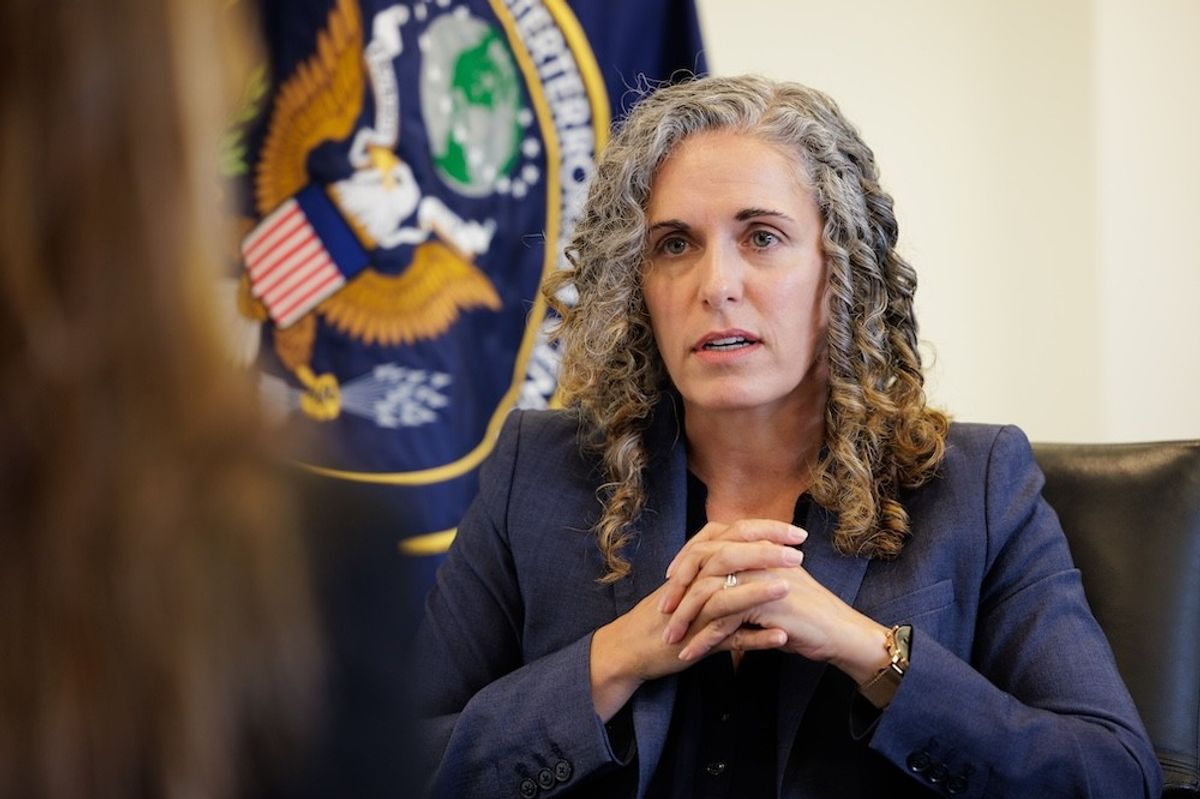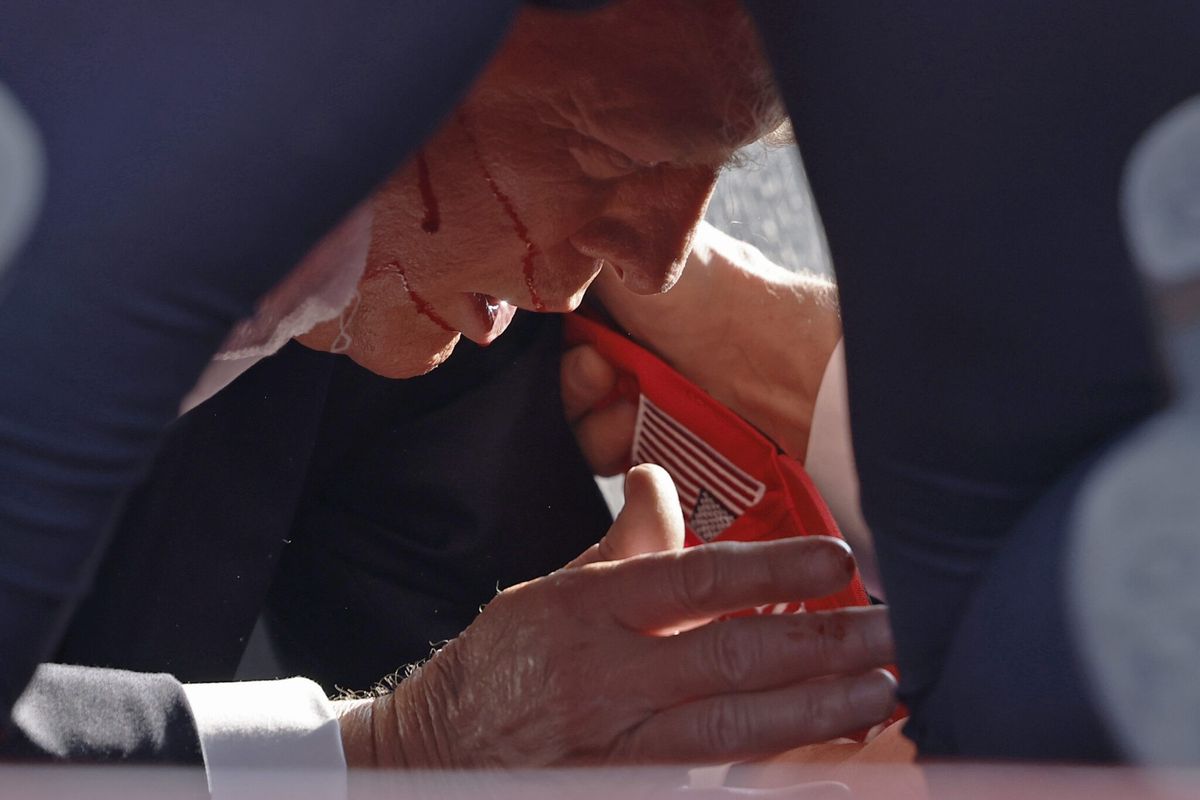Nir Kalron, a former Israeli commando and the Chief Executive of Maisha Consulting Ltd., voiced concern over the poaching problem and explained that terrorist organizations play a role in committing these environmental crimes. Furthermore, Kalron told The Cipher Brief that there is room for the private sector to become involved in efforts to combat poaching, particularly on the technological front.
The Cipher Brief: Can you tell us a little about why you became involved in conservation efforts and what the transition from the Israeli Defense Forces to this line of work was like?
Nir Kalron: My work in conservation began even before I joined the Israeli army. I was inspired by my father’s work, training bush pilots with Bill Clark of INTERPOL, who served as my mentor. The transition from the Israeli Defense Forces to conservation was one of natural continuity; the standards and ethical code I was taught in the special operations teams and the sense of fighting for just causes were and still are the core values that guide me. Working in the defense sector in Africa, I was exposed to various components of conflict that enabled me to fine tune my approach to environmental crime on the continent.
TCB: What trends do you see regarding the poaching problem?
NK: I would love to say the poaching problem is getting better, but unfortunately we are fighting an uphill battle. The enemy is highly entrenched in “fortified positions.” However, there is a light in the proverbial jungle. A few brave and efficient anti-poaching and anti-trafficking programs do exist in Africa, which are spearheaded by several government and non-government entities. Those programs focus on arresting poachers, increasing operational capacity, and determining threats based on scientific and intelligence-based risk analysis.
TCB: What role do terrorist groups play in poaching animals and the illegal ivory trade?
NK: The role terrorist groups have in environmental crime is one of clear opportunistic appetite and survival instinct—with tragic environmental consequences. From a business perspective, poaching and illicit ivory serve as a funding mechanism that is relatively abundant, easily obtained, and highly priced—a cynical bush currency. It has been estimated that one kilogram of ivory can fetch between $250-$400 at East African export hubs.
Recently, there have been debates in the world of conservation about whether poaching serves as a relevant financial resource for terrorist organizations. Such deliberations, however, end up taking precedence over the more substantial debates on how to stop the killing of animals.
From our work in some of the most volatile areas of conflict and conservation, we derive that organizations, such as the Lord’s Resistance Army (LRA), al-Shabaab, Allied Democratic Forces, Mai Mai, SELEKA, and Boko Haram, are linked to wildlife poaching and trafficking. These organizations are able to conduct their illicit activity since they control source locations and transit routes. Al-Shabaab controlled all of South Somalia for a few years, granting it access to major ports in Kismayu and Merca. Such ports provided a comfortable route for Kenyan sourced and Kenyan transited ivory, as well as a source and transit hub for other products such as charcoal. SELEKA rebels controlled a UNESCO World Heritage site in the Central African Republic (CAR), which was home to thousands of forest elephants as well as timber concessions. LRA terrorizes a landscape separating Democratic Republic of the Congo and the CAR, a location flush with elephant herds and an abundance of chimpanzees.
TCB: What are some of the main trafficking routes for ivory, and who is driving the demand for it?
NK: Trafficking routes are constantly modified as sophisticated criminal and terrorist networks adapt to enforcement activities. Some networks employ the use of small vessels, trucks, private planes, and land couriers to transport illegal ivory. Ports and airports, such as those in Khartoum, Mombassa, Entebbe, Dar A Salaam, and Beira along Africa’s East coast, Lagos and Douala in Western and Central Africa, and Louanda, Cape Town, and Durban in Southern Africa, serve as major export hubs. The demand for these products is primarily based in East Asian markets.
TCB: What types of technological equipment have you found most useful for tracking poachers?
NK: Due to the topography of the region and character of the threat, the key is simple, low maintenance, and robust technology. We use solar paneled concealed sensors of various kinds and GPS tracking devices in various formats. Further, we staunchly believe in "owning the night," using night vision goggles for patrols, driving, and fixed positions. We analyze our terrain using geospatial remote sensing capabilities, which enables us to track wildlife from various sources, analyze choke points and other terrain-based information, and capture intelligence on trafficking routes and possible gangs activity. Lastly, nothing beats a reliable and active human source.
TCB: What is the level of cooperation between your organization and local government forces to combat poachers?
NK: Maximal. We don’t operate a private army nor do we infringe on any country’s sovereignty. We work with partners, such as the Wildlife Conservation Society (WCS), in various hot spots and connect with the local authorities to conduct specialized training sessions, share intelligence, and cooperate on operations.
TCB: How can countries, such as the U.S., work to improve their efforts to combat poaching? Is there a role for the private sector?
NK: The U.S. government is very active in the fight against poaching and illicit wildlife networks through its USFWS programs, its USAID support, and the generally increasing interest in the issue shown by high-level government and security officials. In essence, a real game changer for wildlife would be to see more action on the ground, more international pressure on source and destination countries, and most importantly, an understanding that environmental crime is a major threat to our societies, which can affect us in many ways.
In terms of the private sector’s role, in our technological age, the private sector has all the tools to lead from behind, push technology to greater limits, and offer the best strategic minds to the environmental battlefield.













